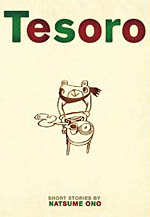 By Natsume Ono
By Natsume Ono
248 pages, black and white
Published by Viz
Natsume Ono is a comic creator who, much to her credit, has no problem leaping from one subject to the next; one minute it’s samurai stories like House of Five Leaves, the next it’s romantic drama at a restaurant, or a young man trying to figure out questions of family and identity. I was delighted as a result to find out about Tesoro, a collection of Ono’s short stories. In doing so I found confirmation that while the plots are often different, there are definitely some threads that run through her works.
Ono writes a lot about loss and family. Missing parents are often elements in these shorts, and it’s to Ono’s credit that each character feels different in their own way, no matter what they’re going through similar to ones in different stories. Even when there’s no particular loss, like in "Froom Family," Ono still understands the hold that family members have on one another; there’s no way that young Nils could get the same amount of anguish from people that weren’t his sisters, able to get under his skin just so. Italy also crops up several times here, a favorite setting of Ono’s, but she often uses it as little more than a backdrop. Ono’s enchantment and fascination with the country none the less rubs off on the reader; I’d have expected to start groaning, "Oh no, not another story set in Italy" but instead I found myself hoping for one more glimpse. My favorite piece in the book, though, is probably "Three Short Stories About Bento." The three stories have little connection other than being about the Japanese lunch boxes, but each of them managed to both give a glimpse into Japanese culture and also bring their characters to life better than some full-length books I’ve read. Add in Ono’s trademark scratchy, loose-lined style, and you end up with a charming sampler from Ono. With 14 stories, even if you (like myself) find a small number to not quite be up to par, there’s more than enough here to keep you entertained for quite some time.
Purchase Links: Amazon.com | Powell’s Books
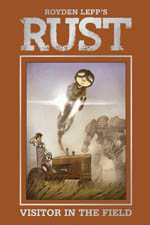 By Royden Lepp
By Royden Lepp
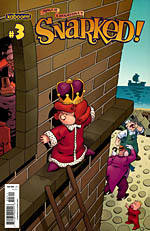 By Roger Langridge
By Roger Langridge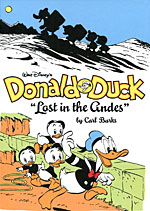 By Carl Barks
By Carl Barks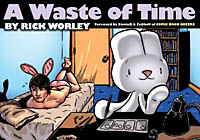 By Rick Worley
By Rick Worley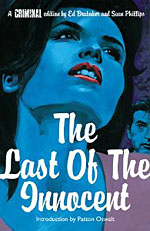 Written by Ed Brubaker
Written by Ed Brubaker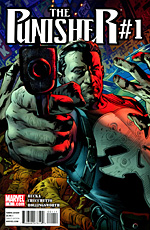 Written by Greg Rucka
Written by Greg Rucka Written by Clint Green
Written by Clint Green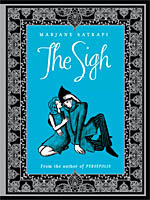 By Marjane Satrapi
By Marjane Satrapi By Natsume Ono
By Natsume Ono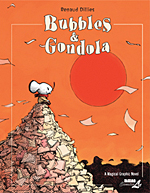 By Renaud Dillies
By Renaud Dillies